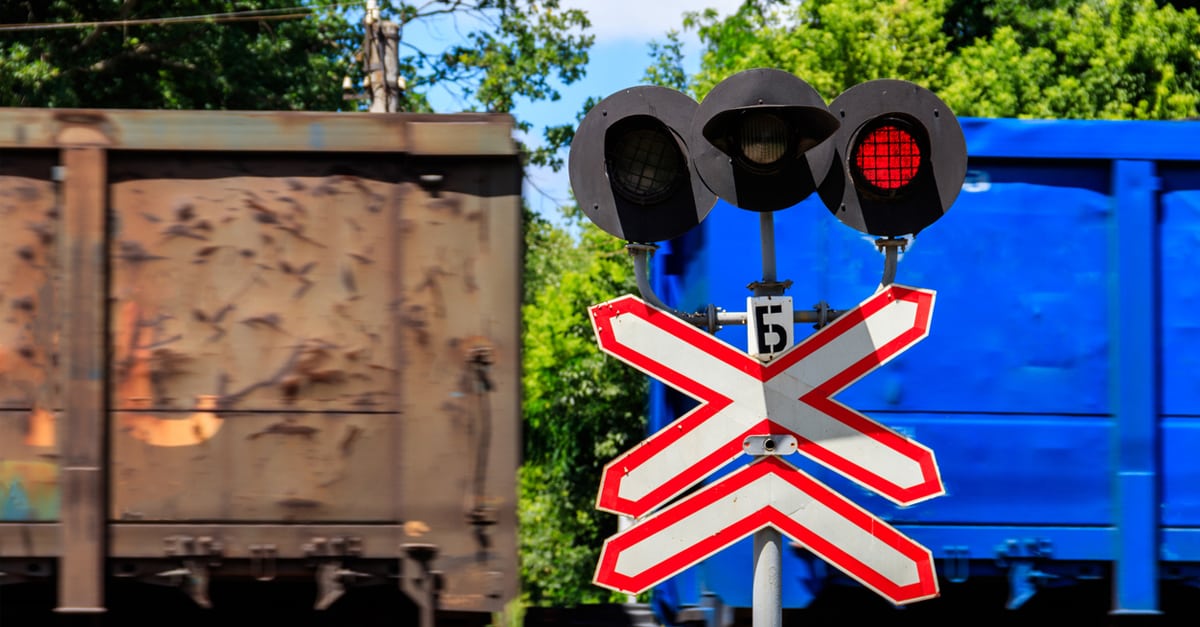
Being in debt to the Canada Revenue Agency can be unnerving. The CRA has strong collection powers under the Income Tax Act and the Excise Tax Act so it’s important to know what you can do if you owe money to the CRA and you have received any form of notification as part of the Canada Revenue collections process.
In this article we look at how CRA can attempt to collect on unpaid tax and other government obligations, what specific debt collection and seizure powers the Canada Revenue Agency possesses and what your remedies are in dealing with CRA collections as well as some tax debt relief options.
Table of Contents
CRA collection powers
The CRA can be very aggressive when collecting outstanding tax obligations. They have several legal remedies and collection tools that can be applied, sometimes without prior notice.
The Right of Offset: Because the government has so many branches and programs you may owe money to one branch yet be owed money from another benefit area. CRA can keep a payment owing to you and apply that payment towards other government debt. For example, CRA can keep any HST credit to apply against outstanding income tax. Similarly, if you have a refund coming to you in one year, they can offset that refund and apply it towards any taxes owing from prior years. They can even garnish CPP and OAS pension payments.
Garnishment: The federal government can issue a garnishment, without a court order, to seize any funds owed to you from someone else. That means they can freeze your bank account or issue a CRA garnishment of your wages. They will issue a ‘requirement to pay’ to your bank or employer who has no choice but to send money to the CRA instead of you, the tax debtor.
Registering your debt: Without warning, CRA can register your debt with the Federal Court of Canada. This has the effect of confirming the amount you owe (regardless of whether or not you agree) allowing them to take further legal actions. Like obtaining a court judgement order, this makes your debt a matter of public record.
Registering a lien: Once the CRA has registered your debt, they can register that debt on title against any asset you own including your home or car creating a tax lien on your property.
Seizing assets: The CRA can seize and sell assets that you own to satisfy any outstanding debt.
CRA debt collection process
The Canada Revenue agency collects many forms of government debts for various departments including:
- personal income tax,
- payroll deductions,
- HST,
- benefit overpayments, and even
- Canada Student Loans.
Collections
Update: Due to the financial hardship faced by many during COVID-19, the CRA has issued a policy statement suspending most collection activities for outstanding tax debt. Agents were encouraged to help taxpayers make appropriate payment arrangements to avoid financial hardship. However, collection staff are expected to begin contacting individuals beginning in the fall of 2020.
When you owe money, a CRA agent will contact you by phone or email. Their objective is to collect taxes, not punish you for late payment. If you can, make payment arrangements.
If you can’t, this is when you should contact a professional like a Licensed Insolvency Trustee before CRA issues a Requirement to Pay notice. You want to consider your financial options, including tax relief, before the CRA imposes more stringent collection actions that can affect access to your income or assets.
Audit
Confirmation of your tax liability begins with an assessment and possible audit by CRA. The purpose of this audit is to confirm whether you are properly following all tax laws, have documentation to support any deductions, have declared all income sources correctly, and are eligible for benefits or refunds.
Individual taxpayers are chosen for an audit based on a risk assessment. With the resumption of audits since COVID-19, CRA is prioritizing audits and collection based on financial criteria including looking at high dollar taxpayers and taxpayers who have an unpaid tax obligation. They are also setting up processes to conduct Canada Emergency Wage Subsidy (CEWS) and Canada Emergency Response Benefit (CERB) audits.
During the audit process, a CRA representative can review your tax return, bank statements, business records, T4s, receipts and any other information needed to confirm or complete an assessment.
Appeal
If you do not agree with your assessment, you can file an objection and, if this does not work, appeal to the tax court of Canada. This generally requires the help of a tax lawyer as the documentation can be confusing and you want to ensure you are correctly interpreting the tax code.
Taxpayer relief requests
Assuming you do owe the money, you have a couple options going forward:
- Make payment arrangements with the CRA to pay off your tax debt over time
- Apply for taxpayer relief to request a reduction in penalties and interest
- File a bankruptcy or consumer proposal to eliminate the underlying tax debt.
Update: CRA waived all interest charges on existing tax debts from April 1, 2020 to September 30, 2020 (June 30, 2020 for GST or HST). Interest and penalties before and after that period continue to apply but can be reduced if you can prove ongoing financial distress due to these charges.
Limitation period
The Federal Government is not subject to provincial limitations periods but CRA does have its own Statute of Limitations.
The rules are complicated, and the limitation period can be started over by certain events however in general, for individuals:
- There is a restriction for most personal tax debts against collection during the first 90 days after a notice of assessment or reassessment is issued. This gives you time to consider your financial options.
- There is no 90-day collection restriction for HST, PST or payroll deductions.
- The CRA has 10 years to legally enforce collection (6 years for payroll deductions)
If the CRA is concerned, they can apply to the Federal Court to waive the restriction period.
There are many actions that can restart the limitation period, including making or proposing a payment, filing a notice of objection, appeal or asking for a reassessment. We do not recommend you try and wait it out. CRA will certainly act to enforce any rights they have to pursue collection action long before this period expires.
How the Insolvency Act overrides the CRA collection process
The Bankruptcy & Insolvency Act, like the Income Tax Act, is federal legislation. In most situations, a bankruptcy or consumer proposal stops the Canada Revenue Agency collection process and eliminates the debt. There are some limited exceptions to that general rule which would be reviewed with your licensed insolvency trustee.
Take action before a lien is placed on property
If you own a house, or any other asset, you will want to settle or file insolvency before the CRA places a lien on your property. Tax liens are considered secured debt, and secured debts do not get discharged either through bankruptcy or a consumer proposal.
Confirm how much you owe
The CRA is willing to settle outstanding unsecured tax debt through a consumer proposal. However, they will first want to confirm how much debt is owing which means you will need to file all outstanding tax returns.
Canada Student Loans and CRA collection
Student loans that are in arrears are sent to the CRA for collections. Government guaranteed student debt can be eliminated through a consumer proposal or bankruptcy as long as you have been out of school for a minimum of 7 years.
CERB, CEWS, CESB collection
CERB and related benefits are considered taxable income. Many Canadians, not used to making installment or year end tax payments, are likely to face a tax bill due to CERB or CESB. The CRA will also be conducting audits of CEWS recipients to ensure they met appropriate qualification guidelines.
Income taxes due because of CERB or CESB can be discharged in a bankruptcy.
It is still uncertain how the CRA will deal with CERB or CEWS overpayments under the Bankruptcy & Insolvency Act. While tax debts can be included in a bankruptcy or proposal, debts due to fraud cannot be discharged. CRA has unofficially advised that they may treat overpayments similar to EI overpayments. That is, on a case by case basis.
Stop CRA collections
If you are dealing with more tax debt than you think you can repay, only a Licensed Insolvency Trustee has programs that can stop all CRA collection actions and eliminate your tax debt.
As mentioned, you want to act before the CRA issues a tax lien or other secured charge on your assets. Wage garnishments are best stopped before they occur, however a bankruptcy or consumer proposal can stop an active garnishment order.
Contact us to talk with a Licensed Insolvency Trustee about your situation to see what options you have to resolve outstanding CRA debts.





